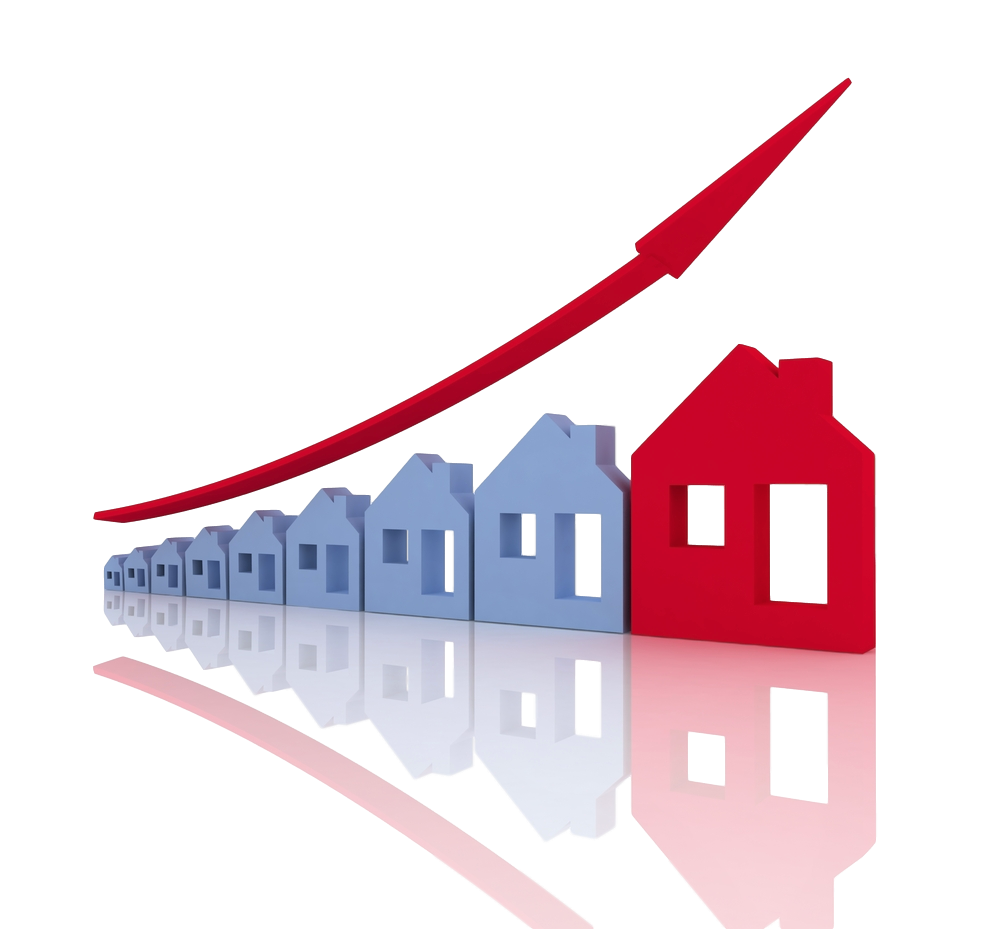
WASHINGTON – Dec. 14, 2016 – Existing-home sales are forecast to muster only a small gain in 2017 because of increasing mortgage rates and shrinking consumer confidence that now is a good time to buy a home, according to new consumer survey findings and a 2017 housing forecast update from the National Association of Realtors® (NAR).
In NAR's fourth quarter Housing Opportunities and Market Experience (HOME) survey, respondents were asked about their confidence in the U.S. economy and their housing expectations in 2017.
With the calendar turning to a new year in a couple weeks, the survey found that a majority of households believes now is a good time to buy a home. However, confidence has retreated by a considerable amount amongst renters:
- 57 percent of renters said it's a good time to buy, which is down from 60 percent in September and 68 percent a year ago
- 78 percent of homeowners said it's a good time to buy, unchanged from September and down from 82 percent in December 2015
"Rents and home prices outpacing incomes, and scant supply in the affordable price range, has been a prominent headwind for many prospective buyers this year," says Lawrence Yun, NAR chief economist. "Making matters worse, the unwelcoming reality of higher mortgage rates since the election is likely further holding back confidence. Younger households, renters and those living in the costlier West region – where prices have soared in recent months – are the least optimistic about buying."
Even with this year's slow dip in buyer enthusiasm, existing-sales are still expected to close 2016 3.3 percent higher than 2015 and reach around 5.42 million – the best year since 2006 (6.47 million).
In 2017, sales are forecast to grow roughly 2 percent to around 5.52 million. The national median existing-home price is expected to rise to around 5 percent this year and 4 percent in 2017. By the end of next year, mortgage rates are expected to reach around 4.6 percent, and the Federal Reserve is expected to raise the Fed funds rate a few more times to 1.25 percent.
"Although the economy is expected to continue to expand with around 2 million net new job creations, existing home sales are expected to see little expansion next year because of affordability tensions from rising mortgage rates and prices continuing to outpace income growth," says Yun.

Despite headwinds, Yun hopes that demand will remain strong based on continued job growth, any economic stimulus from the new administration and the number of millennials entering their prime buying years. The key ultimately comes down to what the housing market desperately needs: more inventory.
However, higher mortgage rates could also slow the pace of homeowners who decide to list their home for sale.
"Some would-be sellers may be reluctant to move up or trade down – especially if they've refinanced in recent years," says Yun. "That's why it's extremely necessary for homebuilders to step-up their production of homes catered to buyers in the affordable price range. Otherwise, the nation's low homeownership rate will struggle to shift higher in 2017."
This quarter's survey found that another full year of robust job gains and lower unemployment is finally translating into stronger confidence about the economy. The share of households believing the economy is improving has increased to 54 percent since the third quarter (48 percent), and is currently at its highest share since the survey's debut a year ago. Adults under the age of 44 living in urban areas with higher incomes are most optimistic.
The HOME survey's monthly Personal Financial Outlook Index, showing respondents' confidence that their financial situation will be better in six months, picked up a bit (to 59.8 in December) since September (58.6), and it's mostly in line with the sentiment from respondents a year ago (59.6). In 2016, the index was its highest in May (61.1).
Good time to sell
With price growth holding steady in most of the country since summer, roughly the same amount of homeowners (62 percent) believe it's a good time to sell compared to the third quarter of this year (63 percent). As has been the case all year, respondents in the West continue to be the most likely to think now is a good time to sell, while also being the least likely to think it's a good time to buy.
Nearly all of those surveyed (91 percent) believe that prices will stay the same or rise in their community in the next six months. Respondents living in suburban areas, renters and those from the West are most likely to believe prices will go up in their communities.










